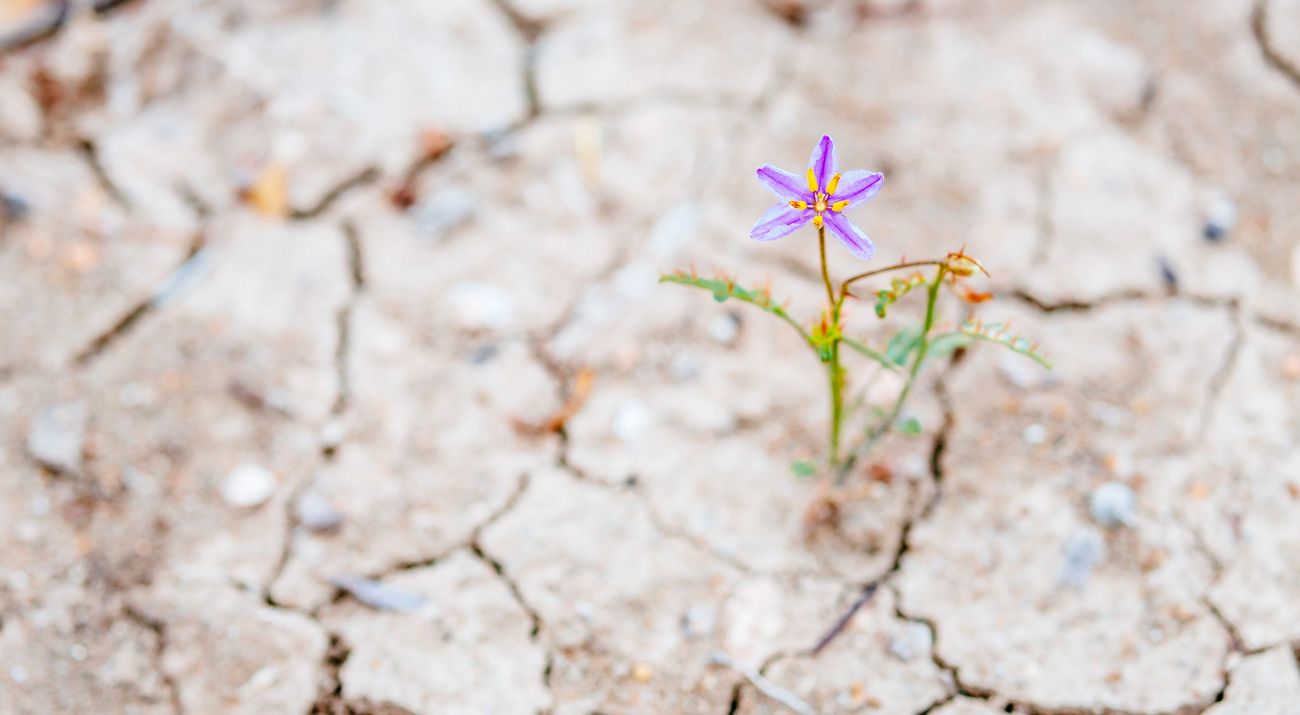
We Must Restore Nature This Decade—Here’s How
It will take the restoration of hearts and minds across sectors to save ecosystems, and the communities that depend on them.
As the world grapples with the climate crisis, nature is facing a parallel crisis—one that both exacerbates climate change and intensifies with rising global temperatures. Nature, like climate, may be approaching irreversible tipping points where changes push systems into completely new states, even as more than half the global GDP (US$44 trillion) depends on the planet’s natural systems.
That’s the imperative behind the UN Decade of Restoration.
Why a “decade of restoration?” Because, scientists say we have less than a decade to fundamentally transform our relationship with the rest of life on Earth, without which we cannot survive, let alone prosper. This nature-positive transformation will require us to rethink how we protect and manage the resources nature affords us across all sectors—as well as restore damaged ecosystems.
Here is an overview of the role of the restoration of ecosystems—the complex communities of organisms that make up the web of life—if we are to conserve global biodiversity and help stabilize the climate.
What is ecosystem restoration?
Ecosystem restoration entails repairing the damage that humans have levied on land, water and ocean. This task is more urgent than ever, because very little of our planet has been left untouched by human activity—and in many cases, our interactions with nature have caused harm that endangers all life on Earth.
But we can help heal many of these ecosystems, stop harmful activities, and prevent future degradation. The UN has identified eight types of priority ecosystems—including forests, farmlands, freshwater, coasts, ocean, savannas and grasslands.
To guide and support these conservation measures, The Nature Conservancy (TNC) is working with partners to develop best practices, as well as provide training and build communities of restoration specialists around the globe.
We are also working on sustainable financing to support these conservation measures. We know that by acting now, the cumulative social cost of reversing the decline of biodiversity by 2050 is estimated at around $700 billion a year, according to a report by TNC, the Paulson Institute and the Cornell Atkinson Center for Sustainability. This estimate includes not only restoration, but the transformation of sectors with an outsize impact on nature, which is crucial to preventing future degradation.
That figure may seem high—until you consider the cost projection of business as usual. The loss of just six of the services healthy ecosystems provide—crop pollination, coastal protection, supply of water, timber production, marine fisheries and carbon storage—could drain nearly $10 trillion from the global economy by 2050, according to the Global Futures report from the World Wide Fund for Nature (WWF). A sustainable pathway would generate a net gain of $490 billion.

The Current State of Restoration
Things are already bad. In 2018, the Intergovernmental Science-Policy Platform on Biodiversity and Ecosystem Services (IPBES) reported that land degradation was undermining the well-being of two-fifths of humanity, driving 10 percent of anthropogenic climate emissions, and stands to reduce crop yields by up to 50 percent in some regions by 2050— driving mass human migration and conflict. The same report found the benefits of land restoration exceed the costs 10 times over across nine different biomes.
Meanwhile, recent studies indicate that freshwater and marine systems face the loss of a third of their biodiversity as habitats are lost to unsustainable use, pollution, and the impacts of climate change.
Because problems stemming from environmental degradation don’t remain local, ecosystem restoration will require international collaboration. Consider that China, India, and other countries with severe land degradation issues are increasing imports of certain food items, which in turn, drives agricultural expansion in countries such as Brazil or Indonesia.
It follows that a key first step in land restoration is to stabilize and reduce the footprint of agriculture while concurrently restoring degraded landscapes to restore their natural function. Currently, the high rate of land abandonment is one of the main drivers of new land conversion of forests and savannas for agriculture. Without meaningful change to this degrade-abandon-convert trend, experts predict we will burn through another 400 million hectares—an area twice the size of Mexico—over the next 30 years, at the expense of natural ecosystems.
Then there’s climate change—another challenge that knows no borders. The conservation and restoration of lands and waters, especially of forests, peatlands, seagrass and mangroves, could deliver a significant portion of the emissions reductions needed to keep global temperatures within safer limits. What’s more, healthy coastal and marine environments support communities to better adapt to climate impacts. They bring a range of benefits for human well-being that extend beyond the immediate biodiversity and climate benefits, such as greater resilience to extreme weather events as well as improved food and water security.
In marine and freshwater systems, threats to the coastal zone and open or inland waters must be addressed prior to implementing restoration projects, and climate change impacts also must be taken into account in terms of siting restoration projects in areas less vulnerable to climate impacts, or selecting species for restoration that are more resilient to climate change.
People & Nature Can Thrive Together
Indigenous peoples and local communities (IPLC) in particular are invaluable partners in providing solutions to tackle climate change and biodiversity loss. Preliminary studies indicate that IPLC lands overlap with at least 30 to 40 percent of Earth's intact ecosystems and protected areas, and that in some areas they may protect up to 80 percent of the biodiversity.
Restoring our planet’s imperiled ecosystems intrinsically connects us all with a chance at a healthier future. The work of the UNEP and partners has shown that the restoration of land by 2030 is cost effective and also helps reduce poverty and inequality. Similarly, data presented at the UN World Ocean Conference demonstrated that restoring ocean health helps to alleviate poverty, support livelihoods and improve the health of millions around the world.
We must also “manage the middle”—that is, avoid further conversion and degradation in somewhat modified and multiple-use ecosystems.” By protecting our soils and watersheds, we can deploy nature’s solutions in regenerative food systems and working forests to benefit ecosystem and human health.
Creating a Nature-Positive Future
With the middle class projected to increase around 50 percent by 2030, and the global population to nearly 10 billion by 2050, food production will likely need to expand from 2005 levels by 59 percent to 98 percent in the next 30 years. But food production is already one of the main drivers of ecosystem degradation—even as this degradation threatens that very productivity.
This negative feedback loop will require a swift transition to nature-positive production on land and at sea if we hope to meet future food security demands. In their Better Futures scenario, the Food and Land Use Coalition (FOLU) estimates that 450 million hectares of natural land and forests need to be restored by 2030 relative to 2010 levels. There is also an urgent need to scale up marine protection and restoration, including with new partners in the private sector. Effective protection and restoration of high priority freshwater, coastal and marine habitats—including coral and shellfish reefs—has been proven to conserve biodiversity, increase productivity and ecosystem resilience, protect coastlines, and enhance fisheries and protect them from population collapse.
Farmers, ranchers and fishers around the world have already begun recognizing they can move beyond simply sustaining their land and ocean resources: They can adopt management practices which restore and revitalize the health of ecosystems. Put simply, there is no future for business as usual. It’s time to drive a fundamental transformation across multiple sectors: from agriculture to fisheries, energy to infrastructure, forestry to extractive industries, and beyond.
It is against this backdrop that new catalysts and initiatives have arisen to contribute to the UN Decade on Ecosystem Restoration along with a growing urgency to protect the best, improve the rest and invest our time, energy and finance to rebuild as much as we can. The restoration agenda will only become more challenging if we don’t carefully manage and protect what we have now—and the sooner we start, the more of the planet’s precious life we can save.
Global Insights
Check out our latest thinking and real-world solutions to some of the most complex challenges facing people and the planet today.


